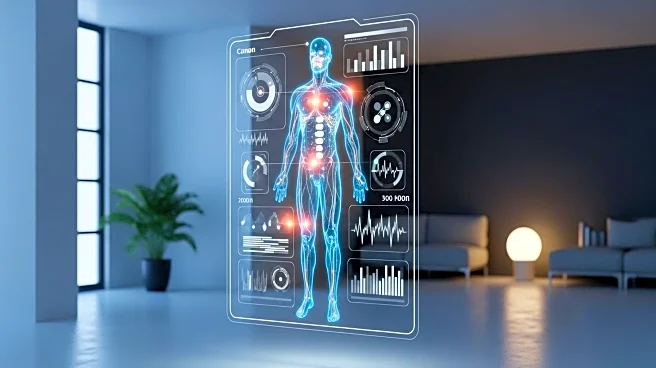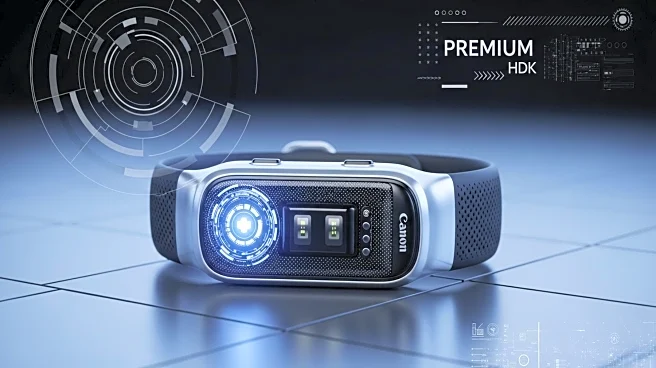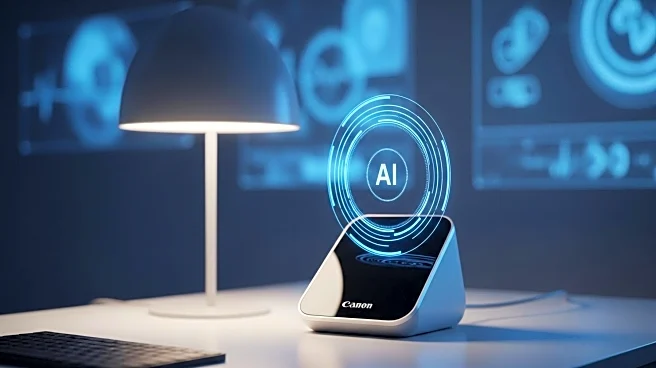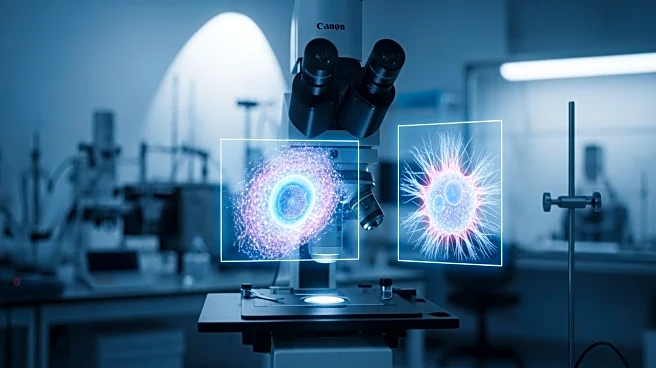What is the story about?
What's Happening?
A study published in Nature demonstrates a new method for diagnosing obstructive sleep apnea-hypopnea syndrome (OSAHS) using ECG data and a temporal convolutional network (TCN). This approach offers a more efficient and reliable way to detect OSAHS, potentially allowing for earlier diagnosis and treatment. The study highlights the use of dilated convolutions to achieve large receptive fields, improving the accuracy of the model compared to traditional methods.
Why It's Important?
The ability to diagnose OSAHS using ECG data and AI could revolutionize sleep medicine by providing a non-invasive, cost-effective, and accessible diagnostic tool. This advancement could lead to earlier intervention, reducing the risk of complications associated with untreated sleep apnea, such as cardiovascular disease. The technology also has the potential to be integrated into portable devices, making it easier for patients to monitor their condition at home.
What's Next?
Further research is needed to refine the model and expand its application to other sleep-related disorders. The integration of this technology into mobile devices could enhance patient accessibility and compliance, potentially transforming the landscape of sleep medicine. Collaboration with healthcare providers and regulatory bodies will be crucial to ensure the technology meets clinical standards and is widely adopted.
Beyond the Headlines
The use of AI in medical diagnostics raises questions about data privacy and the need for robust regulatory frameworks to ensure patient safety. As AI becomes more prevalent in healthcare, ethical considerations regarding its use and the potential for bias in algorithms must be addressed.
AI Generated Content
Do you find this article useful?













